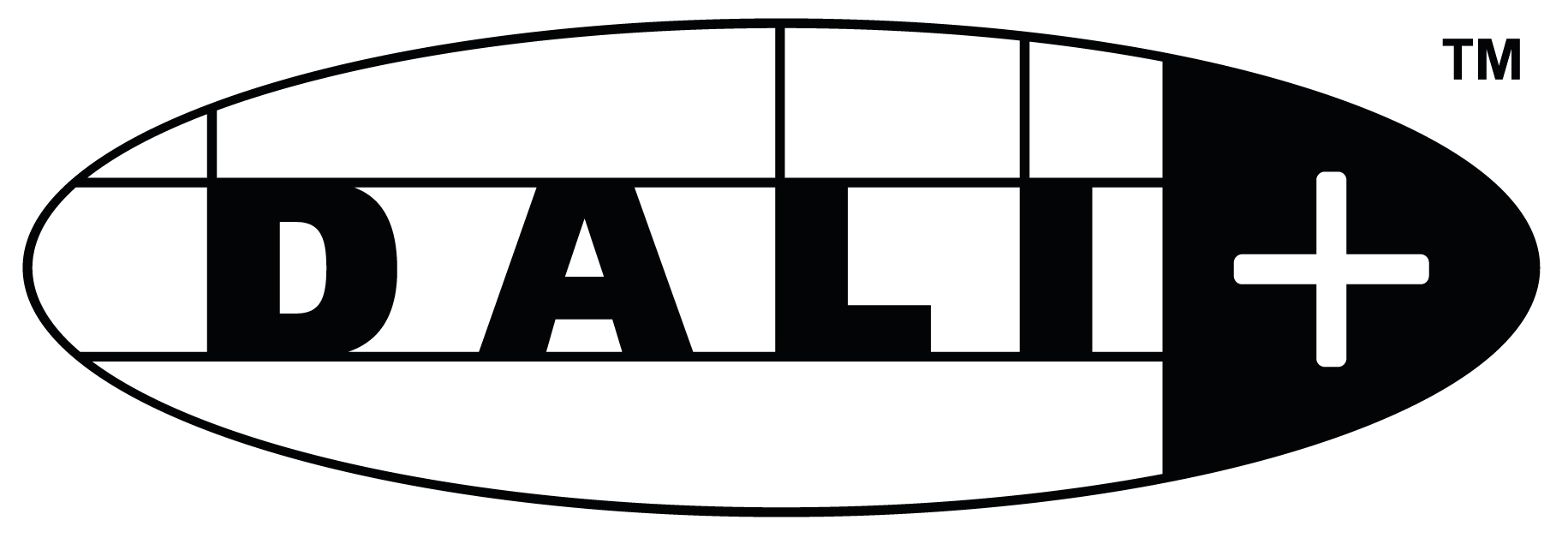





The DALI Alliance is the global industry organization for DALI®, the internationally-standardized protocol for digital communication between lighting-control devices. DALI is the Digital Addressable Lighting Interface.
Building on the long-established benefits of DALI, the DALI-2™ certification program brings the promise of significantly improved interoperability along with more features and functions including sensing and data gathering. Meanwhile, D4i™ enables DALI for intelligent, IoT-ready luminaires. We have also introduced different connectivity options over wireless and IP-based networks and added the new DALI+™ brand.
>> Find out more about the DALI Alliance, also known as the Digital Illumination Interface Alliance (DiiA).
>> Sign up to our mailing list >> Join in the DALI Official Group on LinkedIn
Find out more about our organization and the DALI protocol by watching our short introductory video:
The DALI Alliance works closely with a number of organizations including IEC, ANSI, Zhaga, Bluetooth SIG, Thread Group and the Zigbee Alliance >> More details
The DALI Alliance (DiiA) is an open, global consortium, and new members are welcome to join us. To find out why your company should become a member, click here
DALI-2 and D4i certification builds further confidence in the interoperability of DALI products. All DALI-2 and D4i certified products are listed in the Product Database
 “DALI+ extends choice, flexibility and creative freedom for lighting designers and specifiers by supporting the development of wired, wireless and IP-based systems, using DALI throughout.”
“DALI+ extends choice, flexibility and creative freedom for lighting designers and specifiers by supporting the development of wired, wireless and IP-based systems, using DALI throughout.”>> Read more